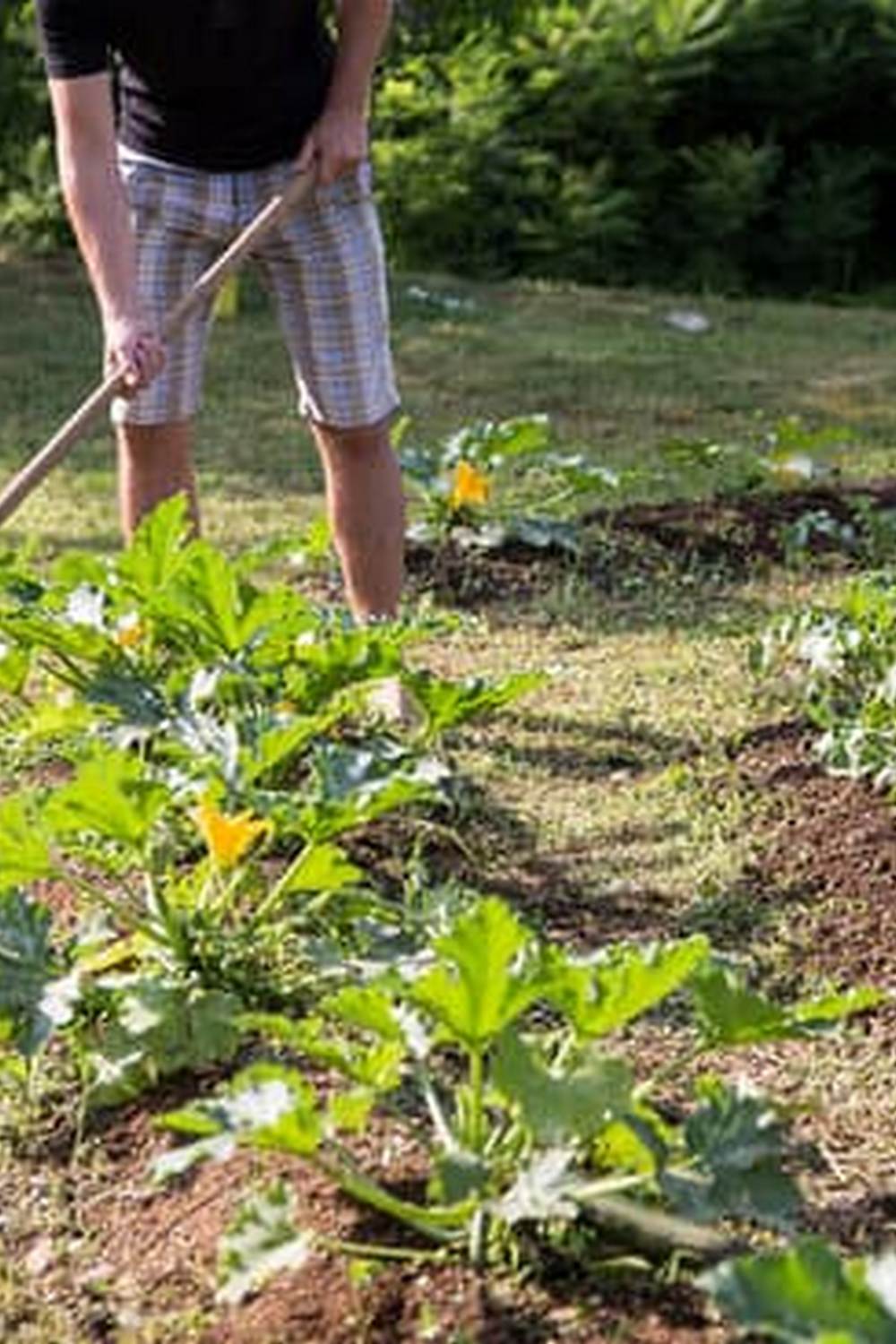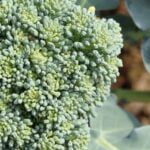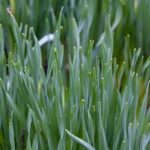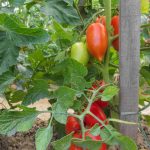Are you interested in starting your own container vegetable garden but not sure where to begin? Choosing the right seeds is crucial for success in container gardening, as it determines the quality and yield of your produce. Whether you have limited space or simply want to enjoy the convenience of growing vegetables on your patio or balcony, selecting the right seeds is the first step towards a bountiful harvest.
Container vegetable gardening offers a practical solution for urban dwellers, apartment residents, or anyone with limited outdoor space. By utilizing containers, you can cultivate a variety of vegetables with ease, bringing freshness and flavor to your meals. The key lies in choosing the appropriate seeds that are well-suited for container growing, ensuring that they thrive in their confined environment.
In this guide, we will explore everything you need to know about selecting seeds for container vegetable gardening. From understanding the concept of container gardening to tips on choosing high-quality seeds, we will help you get started on your journey to a successful and rewarding garden right at home. So let’s dive into the world of container gardening and discover how you can grow your favorite vegetables from seed to harvest in containers.
Choosing the Right Containers
Container vegetable gardening is a fantastic way to grow your own produce, even if you have limited space. Choosing the right containers is crucial to the success of your garden. Here are some tips on selecting the best containers for growing vegetables in limited spaces:
- Consider the size: Choose containers that are large enough to accommodate the root systems of your chosen vegetables. Most vegetables require a minimum depth of 6-8 inches, but larger plants like tomatoes may need 12 inches or more.
- Drainage is key: Make sure your containers have drainage holes to allow excess water to escape. Without proper drainage, your plants can develop root rot and other issues.
- Material matters: Containers can be made from a variety of materials, such as plastic, ceramic, metal, or wood. Each material has its pros and cons in terms of durability, insulation, and aesthetics. Choose a material that suits your needs and preferences.
When selecting containers for your container vegetable garden, keep in mind that you can get creative. Upcycled items like old milk jugs or wooden crates make great planters. Just make sure they are clean and have proper drainage before planting your seeds for container vegetable gardening. By choosing the right containers, you set yourself up for a successful and bountiful harvest from your small-space garden setup.
Essential Tools and Supplies
When it comes to successful container vegetable gardening, having the right tools and supplies is essential to ensure your plants thrive. Here is a list of necessary items you will need to start your own container garden:
- Containers: Choose pots or containers that are large enough to accommodate the mature size of the vegetables you plan to grow. Make sure they have drainage holes to prevent waterlogged roots.
- Potting Mix: Use a high-quality potting mix that is well-draining and nutrient-rich. Avoid using soil from your garden, as it may contain pests and diseases.
- Seeds: Selecting the right seeds for container vegetable gardening is crucial. Look for compact varieties that are suitable for growing in containers, such as cherry tomatoes, dwarf carrots, and bush beans.
- Watering Can or Hose: Ensure you have a way to water your plants consistently. Consider investing in a watering can with a nozzle attachment for precise watering.
- Fertilizer: Depending on the type of vegetables you are growing, you may need to fertilize your plants regularly. Choose a fertilizer specifically formulated for container vegetables.
In addition to these basic supplies, consider investing in gardening gloves, pruning shears, and plant supports if needed. Having the right tools on hand will make it easier for you to care for your container garden and enjoy a bountiful harvest.
Remember that proper maintenance and regular monitoring of your container garden are crucial for success. By providing the essential tools and supplies listed above, you will be well-equipped to get started on your journey towards growing fresh and delicious vegetables right at home. With the right resources at your disposal, there’s no limit to what you can achieve with container vegetable gardening.
Selecting the Right Seeds
Choosing Seeds Suitable for Containers
When selecting seeds for container vegetable gardening, it’s also essential to choose varieties that are well-suited for growing in confined spaces. Look for vegetables that are known to thrive in containers, such as cherry tomatoes, peppers, lettuce, and herbs like basil and cilantro. These plants tend to have more compact growth habits and can adapt well to growing in limited spaces.
Quality of Seeds
Another crucial aspect to consider when choosing seeds for container vegetable gardening is the quality of the seeds. Opt for high-quality seeds from reputable suppliers to ensure better germination rates and healthy plant growth. It’s also a good idea to look for organic and non-GMO seeds if you prefer to grow your vegetables naturally.
Investing in quality seeds will give you a better chance of successfully growing thriving plants in your containers. By carefully selecting the right seeds suited for container gardening and ensuring their quality, you can set yourself up for a bountiful harvest of homegrown produce on your porch, balcony, or patio.
Planting and Sowing
When it comes to planting seeds for container vegetable gardening, it is essential to choose the right type of seeds that are suitable for growing in confined spaces. Look for varieties of vegetables specifically bred for container gardening, as they tend to be more compact and produce a high yield in small spaces.
Some popular choices include cherry tomatoes, mini bell peppers, dwarf cucumbers, and bush beans. These varieties are perfect for planting in containers on patios, balconies, or even windowsills.
Before planting your seeds in containers, make sure to select appropriate containers that have good drainage holes to prevent waterlogging. It is also crucial to use a high-quality potting mix that is light and well-draining. This will provide the seeds with the necessary nutrients and aeration for healthy growth.
When planting the seeds, follow the instructions on the seed packet regarding depth and spacing. Generally, seeds should be planted at a depth twice their size, with enough space between each seed to allow room for growth.
After planting the seeds in containers, ensure proper watering techniques to promote germination and growth. Water consistently but do not overwater as this can lead to root rot. Monitor the moisture levels by checking the soil regularly – when the top inch is dry, it’s time to water again.
Avoid using hard streams of water that may displace the seeds or compact the soil. Instead, use a gentle spray or watering can to water evenly across the container. Following these steps will help your seeds for container vegetable gardening thrive and produce bountiful harvests.
| Seed Varieties | Recommended Vegetables |
|---|---|
| Dwarf Tomatoes | Cherry Tomatoes |
| Mini Peppers | Mini Bell Peppers |
| Bush Beans | Dwarf Cucumbers |
Maintenance and Care
Watering
Proper watering is crucial for the success of container vegetable gardening. Since containers have limited soil volume, they tend to dry out faster than traditional garden beds. It’s essential to check the moisture level regularly by sticking your finger into the soil.
Water the plants when the top inch of soil feels dry. Avoid overwatering, as it can lead to root rot and other issues. Consider using a drip irrigation system or self-watering containers to maintain consistent moisture levels.
Fertilizing
Container vegetables require regular fertilization to replenish nutrients that may leach out with watering. Use a balanced, water-soluble fertilizer or organic options like compost tea or fish emulsion. Follow the manufacturer’s instructions for application rates and frequency, as over-fertilizing can harm plants. Fertilize every two weeks during the growing season, but reduce frequency in winter months when plant growth slows down.
Pest Control
Pests can be a common issue in container vegetable gardening, including aphids, spider mites, and caterpillars. To control pests organically, introduce beneficial insects like ladybugs or lacewings that prey on harmful bugs. You can also use insecticidal soap or neem oil as natural pest deterrents.
Regularly inspect your plants for any signs of pest damage and take necessary actions promptly to prevent infestations from spreading. Additionally, practicing good hygiene by cleaning up debris and weeds around containers can help reduce pest habitats.
Harvesting and Enjoying the Fruits of Your Labor
One of the most rewarding aspects of container vegetable gardening is the ability to enjoy the fruits of your labor by harvesting fresh produce right at home. When it comes to harvesting vegetables grown in containers, timing is key.
Different vegetables have varying maturity times, so it’s important to know when they are ready for harvest. For example, tomatoes are typically harvested when they reach full color and are firm to the touch, while leafy greens like lettuce can be continuously harvested by picking outer leaves as needed.
To determine if your vegetables are ready for harvest, look for signs such as color changes, size, and texture. For root vegetables like carrots or radishes, gently pull one out of the soil to check its size before harvesting the rest. It’s important not to let vegetables overstay on the plant as they may lose flavor or become too tough. Additionally, harvesting regularly encourages plants to keep producing more fruits or veggies throughout the growing season.
Once you’ve harvested your homegrown produce, there’s no better feeling than enjoying a meal made with fresh ingredients right from your garden. Whether you’re making a salad with freshly picked lettuce and cherry tomatoes or incorporating herbs like basil and parsley into your favorite dishes, container vegetable gardening allows you to savor the flavor of freshly harvested produce.
You can also get creative with preserving your harvest by freezing, canning, or drying excess veggies and herbs for future use. The possibilities are endless when it comes to enjoying the bounties of your container garden.
Troubleshooting Common Issues
In conclusion, container vegetable gardening can be a rewarding and fulfilling experience for those looking to grow their own fresh produce in limited spaces. By selecting the right containers, tools, supplies, and seeds for container vegetable gardening, individuals can successfully cultivate a variety of vegetables right at home.
Choosing the best quality seeds is crucial in ensuring a thriving container garden, so it is important to pay attention to seed selection and ensure that they are suitable for growing in containers.
Once the seeds have been planted and sown in containers following proper techniques, it is essential to provide proper maintenance and care to ensure healthy plant growth. Regular watering, fertilizing, and pest control are key aspects of maintaining a successful container vegetable garden. Additionally, staying vigilant for any common issues such as pests, diseases, or environmental factors that may affect plant health is important for addressing problems promptly and preventing any damage to the crops.
Ultimately, harvesting the fruits of your labor from your container vegetable garden can be a satisfying experience. Enjoying freshly harvested vegetables that you have grown yourself can bring a sense of pride and accomplishment.
By troubleshooting common issues that may arise throughout the growing process and implementing effective solutions, individuals can successfully grow a bountiful harvest of vegetables in their container gardens. With dedication and care, anyone can enjoy the benefits of homegrown produce right from their own patio or balcony.
Frequently Asked Questions
What Vegetables Grow Well Together in a Container?
Some vegetables that grow well together in a container include tomatoes, basil, and peppers. These plants have similar care requirements and can thrive when planted together in a compact space.
What Veg Is Best for Container Gardening?
When it comes to container gardening, certain vegetables are better suited for growing in pots. Vegetables like lettuce, radishes, and green beans are ideal choices for container gardening due to their compact growth habits and shallow root systems.
Can I Plant Vegetable Seeds in Pots?
Yes, planting vegetable seeds in pots is a great way to kickstart your garden. Be sure to use a quality potting mix and follow the planting instructions on the seed packet. With proper care and attention, you can successfully grow vegetables from seeds in pots.

If you’re looking to get into vegetable gardening, or are just looking for some tips on how to make your current garden better, then you’ve come to the right place! My name is Ethel and I have been gardening for years. In this blog, I’m going to share with you some of my best tips on how to create a successful vegetable garden.





